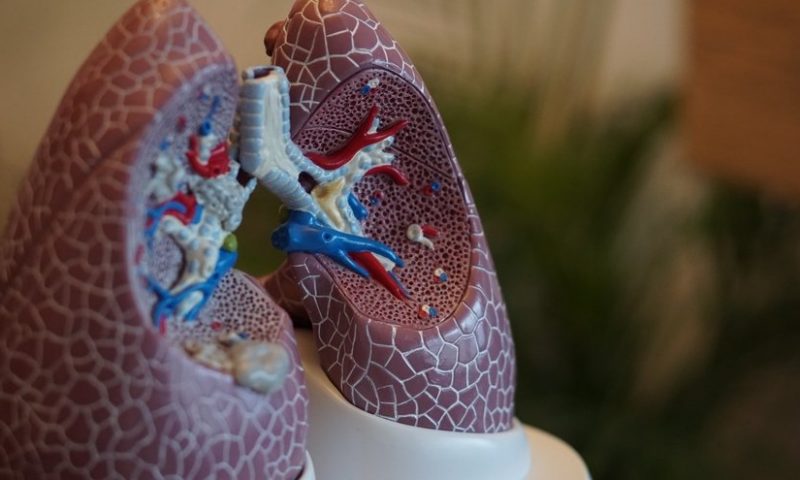For many people with higher risks of developing cancer, the discovery of a nodule in the lung usually means undertaking a diagnostic journey to determine if it’s malignant or benign through invasive tissue biopsies, exams and other tests.
Veracyte hopes to be able to skip all that whenever possible by having oncologists and patients start off the journey with a simple nasal swab.
Its Percepta genomic test aims to separate current and former smokers into groups with higher or lower risks for lung cancer, allowing those whose nodules are most likely benign to avoid additional procedures, while expediting the course of those who may need care sooner.
And ahead of a full presentation at next month’s annual meeting of the American Society of Clinical Oncology, Veracyte is delivering new clinical data on Percepta’s performance as it gears up for a commercial launch planned for later this year.
In a blinded study, researchers collected nasal swabs from nearly 250 patients who had a lung nodule uncovered by a CT scan.
After following the participants for one year, the Percepta test demonstrated it was able to accurately assign a low risk for cancer to people who ultimately had their nodules confirmed to be benign, with a negative predictive value of 97.1%.
At the same time, it was able to correctly predict that more than half of the people it labeled as high risk would go on to be diagnosed with lung cancer, potentially setting them up to receive earlier treatment.
“Lung nodules are often the first sign of lung cancer and cannot be ignored, yet most of them are benign,” said study investigator Carla Lamb, an interventional pulmonologist at Lahey Hospital & Medical Center.
“Today, physicians have limited objective tools to determine which patients with lung nodules found on CT scans have cancer and which don’t,” Lamb said. “Our findings showed that the nasal swab test can determine, with a high level of accuracy, which patients are at low risk of cancer and can avoid invasive procedures.”
The test is based on what Veracyte calls “field of injury” technology, which examines genomic changes in the lining of the respiratory tract for evidence of active cancer cells, coupled with a machine learning model that takes in factors such as age, gender and smoking history.
The Percepta classifier has previously been used on samples collected from the airway walls much deeper in the lungs, and has been marketed as a tool for when bronchoscopy results are inconclusive.
A nasal swab would, of course, be much more accessible. The latest findings mirror a 2019 study that found low rates of false-negative results for benign nodules and low rates of false positives for malignant ones.
“These findings suggest that the Percepta Nasal Swab test will be able to objectively and accurately stratify approximately half of the patients with lung nodules found on CT scans to low or high risk, while those not classified will remain a candidate for current standard of care,” said Giulia Kennedy, Veracyte’s chief scientific officer and chief medical officer.

